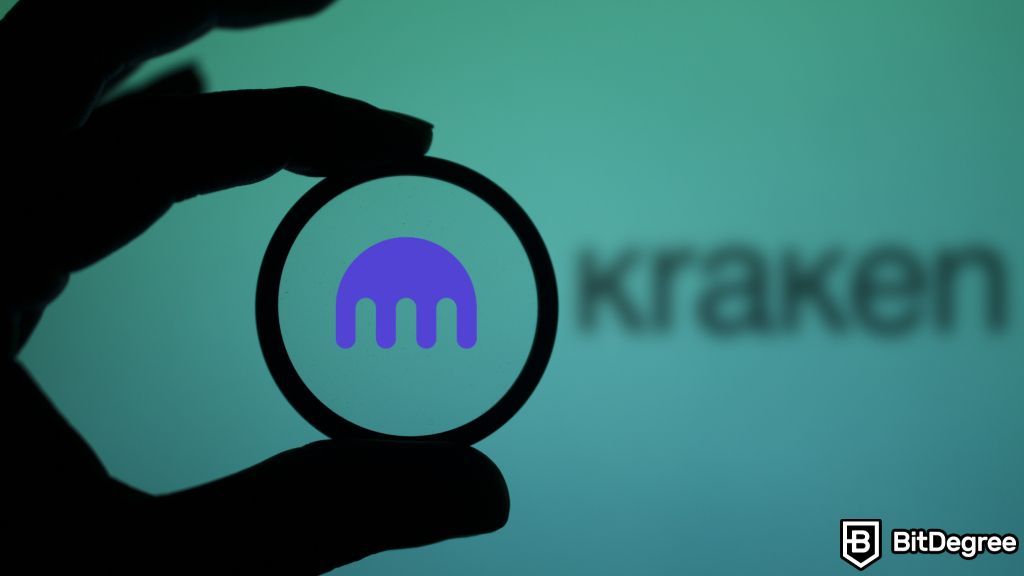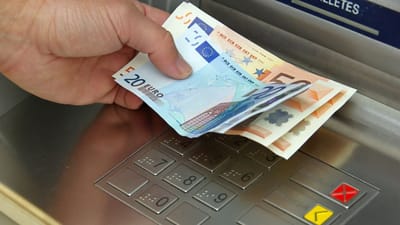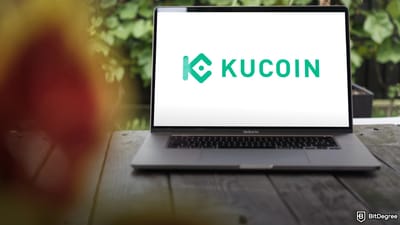Key Takeaways
- Crypto futures trading involves an agreement between two parties to exchange the fiat-equivalent value of a crypto asset, or the asset itself, on a predetermined future date;
- Kraken Futures fees for makers start at 0.02% and for takers – at 0.05%;
- Futures traders can take two opposing views – going long if they believe the price will rise or going short if they anticipate a price drop;
- Kraken Futures leverage goes up to 50x, which allows for exponentially higher profits when trading with leveraged products (though it can also result in higher losses).
Stop overpaying - start transferring money with Ogvio. Sign up, invite friends & grab Rewards now! 🎁
The cryptocurrency market is a dynamic arena brimming with opportunities, and Kraken Futures serves as your gateway to unlocking its full potential. After all, in the crypto world, trading strategies have advanced beyond basic buy-and-hold approaches.
Whether you're a newbie or an experienced trader, it’s never too late (or too soon) to learn how to trade futures on Kraken. That said, let's delve into this world and explore the myriad of possibilities it offers.
Looking for a modern platform where you wouldn't need to pay tons of fees? Ogvio can be just the option for you. It doesn't charge any fees for crypto transfers and bank top-ups in addition to other great benefits!

Did you know?
Subscribe - We publish new crypto explainer videos every week!
What is a Crypto Bridge? (Explained with Animations)
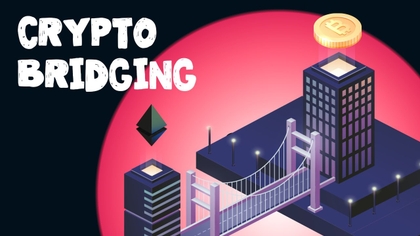

Table of Contents
- 1. Exploring Kraken Futures
- 1.1. Understanding Futures Order Types
- 1.2. What About the Kraken Futures App?
- 2. How to Trade on Kraken Futures?
- 2.1. How to Launch Kraken Futures?
- 2.2. How to Fund Your Futures Wallet?
- 2.3. How to Place a Futures Trade on Kraken Pro?
- 3. Risk Management Strategies
- 3.1. Equity Protection Process (EPP)
- 3.2. General Risk Management Tips for Futures Trading
- 4. Conclusions
Exploring Kraken Futures
Kraken Futures, provided by a trusted cryptocurrency exchange, is a trading instrument that allows you to unlock the profit potential of your crypto investments. The exchange offers over 95 perpetual futures to choose from, making Kraken Futures suitable for traders of all levels.
Latest Deal Active Right Now:But what are perpetual futures?
Perpetual futures, often referred to simply as "perpetuals", are a type of financial derivative contract that is designed to allow traders to speculate on the price movement of various cryptocurrencies without actually owning the underlying assets.[1]
One of the key offerings on Kraken Futures is the USD linear perpetual futures. These contracts allow you to capitalize on market opportunities by taking positions in two directions: going long or going short.
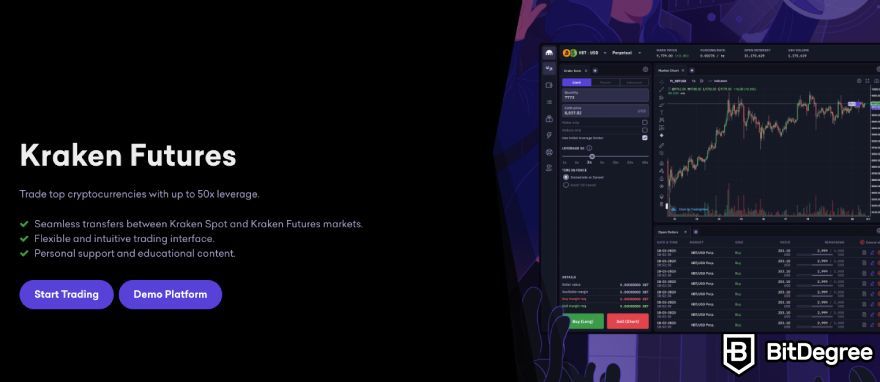
Going long means you're betting on the price of an asset to rise, while going short is a bet on its decline. This flexibility gives you the power to profit in both bullish and bearish market conditions.
If you believe a cryptocurrency will surge in value, you can take a long position to profit from its rise. Conversely, if you anticipate a downturn, you can go short to benefit from falling prices. Thus, Kraken Futures empowers you to be agile in response to changing market dynamics.
The platform doesn't just stop at flexibility; it also offers capital-efficient trading. You can amplify your buying and selling power through Kraken Futures leverage, which can go up to 50x, all while enjoying some of the most competitive trading fees in the industry.
Speaking of Kraken Futures fees, they are based on the maker / taker model. Maker fees start at 0.02%, while taker fees – at 0.05%. However, by increasing your 30-day trading volume, you can reduce the fees. In fact, maker fees can be reduced to 0%, while taker fees can be as low as 0.01%.
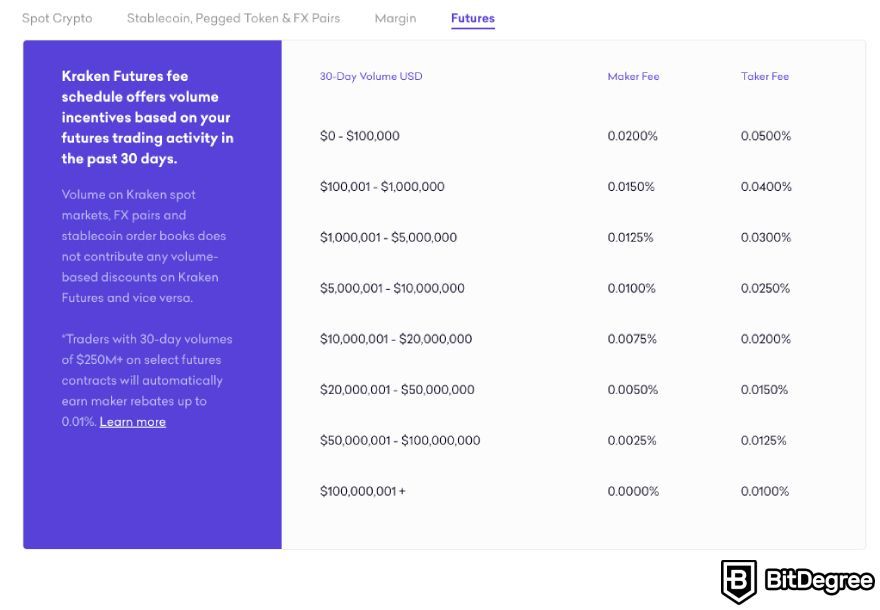
Kraken Futures leverage empowers traders to manage larger positions than their initial capital. Though, while this can enhance profit potential, it also raises the possibility of greater losses. It's essential for users to grasp the mechanics of leverage and implement effective risk management strategies.[2]
Now, you might wonder why should you venture into futures trading. The answer lies in Kraken Pro's powerful, flexible, and capital-efficient futures trading feature.
If you don't know what Kraken Pro is, it's a platform for experienced traders. It gives them access to advanced crypto trading tools, all in one place. Whether they want to trade spot, margin, futures, or stake their assets, Kraken Pro has got them covered.
Though, keep in mind that you don't have to use Kraken Pro for futures trading, you can also use the Kraken Futures trading platform (but the former is a more convenient option).
To familiarize yourself with trading futures on Kraken even more, you should check out tutorials on Kraken. Besides that, Kraken provides round-the-clock support to ensure you receive all the guidance you need.
Understanding Futures Order Types
To get the best out of Kraken Futures, you should also take some time to understand the order types available on the platform. Futures order types are instructions given by traders to execute trades in the futures market.
These orders help traders specify the price at which they want to buy or sell a futures contract, the time frame for execution, and the conditions under which the trade should occur.
Understanding these order types is crucial for effectively managing risk and achieving trading objectives in the futures market.
So, let's break down the order types available in Kraken Futures:
Market Orders
Let's start with the basics – market orders. These orders are executed immediately at the best available price. Whether you're buying or selling, your order will go through swiftly.
However, depending on the size of your order and the liquidity in the order book, it might execute in multiple parts with incremental prices.

It's worth noting that, for your protection, Kraken won't match your order at a price more than 1% above the best ask or 1% below the best bid. This means your order may be partially filled, and any unfilled portion will be canceled.
Market orders can also be set to 'reduce-only' to manage risk.
Limit Orders
Next up are limit orders. These orders execute only at the limit price you set or better. If there's not enough demand at your price point, your order goes into the order book.
Use limit orders when you want to control the price at which your order can be matched. However, remember that the limit price must be within 20% of the mark price, and margin is required to place this order type.
Stop-Loss Market Orders
Now, stop-loss market orders are like a safety net. They allow you to limit losses from an open position.
The trigger price, typically set at the mark price, activates a market order to close your position when reached. Just keep in mind the 1% price protection rule, and that margin isn't required to place this order type.
Stop-Loss Limit Orders
Similar to the previous order type, stop-loss limit orders help you limit losses. You set a stop price that, when reached, triggers a limit order to close your position.

The limit price represents the worst possible price at which your order can be matched. It's essential to check the 20% price collar and ensure sufficient margin when placing this order type.
Take Profit Market Orders
Now, let's switch gears to take profit market orders. These are for locking in your profits. You set a target profit price, and when the trigger price is reached, a market order closes your position.
Remember the 1% price protection rule and the margin check when placing this order.
Take Profit Limit Orders
Lastly, take profit limit orders. These work similarly to take profit market orders but trigger a limit order when your target profit price is hit. The limit price is crucial here, representing the worst price at which your order can be matched.
Margin isn't required, but be sure to ensure your account has sufficient margin during the order trigger.
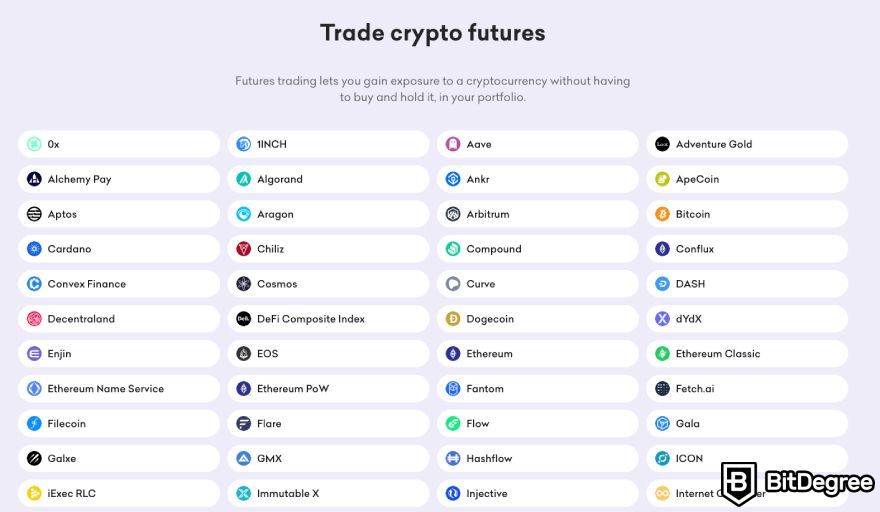
So, these are the main order types. However, there are a few additional ones you should keep in mind:
- Post-Only. This is another type of order, which is like a limit order, but it differs in that it gets rejected if the specified price results in immediate execution.
- Immediate-or-Cancel. This order type executes at the available price and quantity, canceling any remainder. It's handy when you want to act fast.
- Reduce-Only. This type of order only executes if it reduces the number of open contracts in your existing position.
Besides, note that you can edit existing orders to update quantity, limit price, and stop price, but these changes may affect your order's position in the queue. Also, Kraken offers various trigger signals, including the Last Price, Mark Price, and Index Price. Each has unique calculations and uses, allowing you to tailor your orders to your trading strategy.
Understanding these order types is like having a set of finely tuned instruments at your disposal. They enable you to execute your trading strategies with precision and control. However, always remember the rules and guidelines associated with each order type to make informed and profitable decisions in the ever-changing crypto market.
What About the Kraken Futures App?
Some might be wondering, "But what about the Kraken Futures App? Doesn't it make futures trading even more convenient?"
Well, the Kraken Futures app has actually been discontinued since January 27th, 2022. Although it might still be functional on some devices, it stopped receiving support and updates.

But don't worry, as there's an alternative to the Kraken Futures App. If you want to access Kraken Futures from your phone, you need to download the Kraken Pro app. It's available on Android or iOS devices.
How to Trade on Kraken Futures?
Setting up your account on Kraken Futures and making your first trade can be an exciting yet challenging endeavor, but I've got you covered. So, let's walk you through the steps to help you begin your journey into the world of cryptocurrency futures trading.
Before diving into futures trading, however, it's important to check if you meet the necessary requirements. Kraken Futures eligibility hinges on two key factors: verification and geographic restrictions.
Verification Requirements
For personal clients, you should be at least at the Intermediate or Pro verification level.
To reach Intermediate status, provide basic personal information such as your email, full name, date of birth, phone number, physical address, occupation details, and, if you're a US client, your social security number. Attach a valid ID, proof of address, and a clear face photo.
Though, it's important to note that the criteria to reach the Intermediate status are the same for all of Kraken's products. So, the extra requirement for US clients doesn't apply to you, as there's no Kraken Futures US.

Pro clients enjoy advanced features but must meet stricter criteria. In addition to Intermediate verification, Pro clients need to complete a KYC questionnaire and enable two-factor authentication (2FA) for enhanced security.
Geographic Restrictions
Keep in mind that Kraken Futures is not available in certain regions.
These include Afghanistan, Australia (and its territories, with certain exceptions), Belarus, Canada, Democratic People's Republic of Korea, Democratic Republic of the Congo, Cuba, Iran, Iraq, Italy, Libya, Russia, Singapore, Spain, Syria, Tajikistan, the United Kingdom (with certain exceptions), Ukraine (specifically Crimea, Donetsk, and Luhansk regions), and the United States (including its territories).
For retail clients in the UK and AU, it's important to note that trading futures is not available. Therefore, as mentioned before, there are no Kraken Futures US or AU.
How to Launch Kraken Futures?
Once you've confirmed your eligibility, it's time to launch Kraken Futures. You can launch it via the Kraken website, the Kraken Futures platform or the Kraken Pro platform. Here's how you can do it via Kraken Pro:
Step 1: Sign in to your Kraken Pro account.
Step 2: From the [Trade] tab, select a Futures market using the Market selector.
Step 3: At the top of the order form, you'll find the [Unlock Futures] button. Click on it.
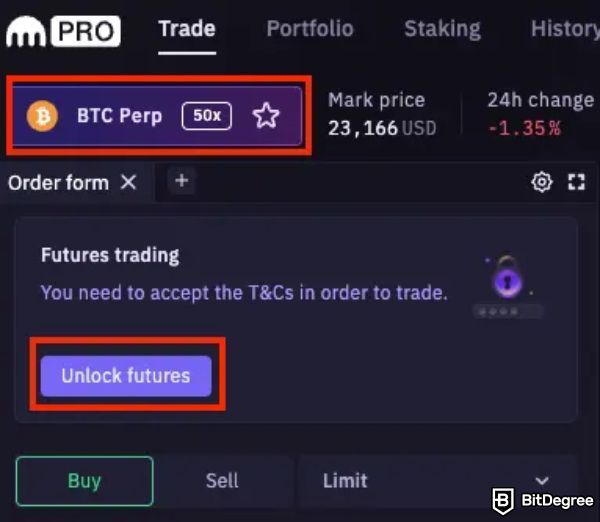
How to Fund Your Futures Wallet?
Now that you're in, it's time to prepare your funds for futures trading. You'll need to transfer them from your spot wallet to your futures wallet.
Since you're reading about transferring funds, you might be interested in a new and modern platform named Ogvio. This platform can be your staging wallet - top up with a bank account with no fees from Ogvio's side. In addition, crypto transfers don't apply any rates as well. Over time, Ogvio could save you a good chunk of money.
However, when it comes to futures, just note that you must have a supported collateral currency in your wallet. Which ones are supported?
Well, there are two types of futures contracts available: single-collateral inverse futures (only available on legacy UI) and multi-collateral linear futures (available on Kraken Pro). The former only allows the base currency of the pair to be used as collateral, while the latter provides the flexibility of depositing a variety of collateral currencies.
Single-collateral futures contracts support BTC, ETH, LTC, XRP, and BCH.
Multi-collateral futures, on the other hand, support USD, EUR, GBP, PYUSD, TIA, SEI, USDC, USDT, EURT, PAXG, BTC, ETH, ADA, DOGE, MATIC, XRP, AVAX, LINK, ATOM, INJ, LTC, DOT, SOL, TRX, ARB, FET, and FIL.
By the way, each collateral currency that's supported for multi-collateral contracts has a different conversion rate (0.05-0.5%) and a haircut (0-10%). The latter is a reduction in the value of an asset serving as collateral that could be utilized for margin purposes.
That said, here's how to make the transfer:
Step 1: Navigate to the [Portfolio] tab and click on [Futures].

Step 2: Locate the [Transfer to Futures] button.

Step 3: Choose the currency you want to transfer and enter the desired amount, ensuring it meets the minimum requirements.
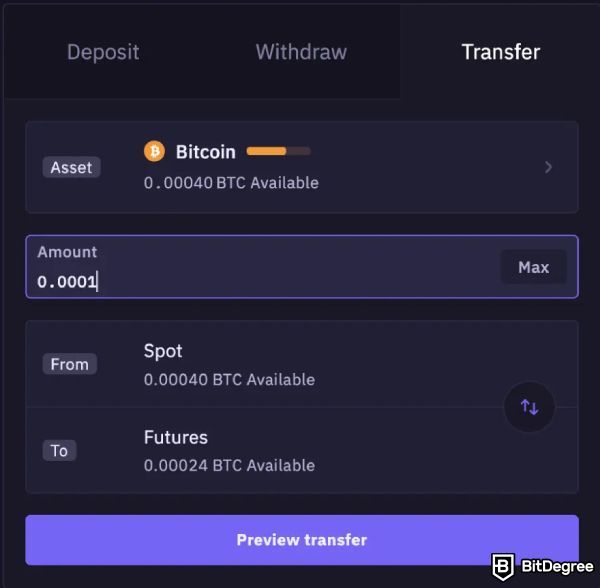
Step 4: Click [Preview Transfer] to review the transfer details and then [Confirm Transfer].

Step 5: Once submitted, you'll receive a green notification at the bottom right of the screen, confirming your transfer.
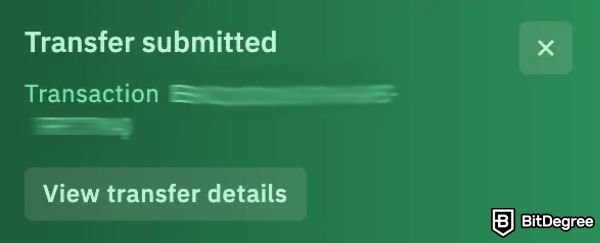
Within a few seconds, your funds will be available in your Futures account, and you'll be all set to begin trading.

Did you know?
Subscribe - We publish new crypto explainer videos every week!
How to Pick the Right DeFi dApp? (Dos and Don’ts Explained)


How to Place a Futures Trade on Kraken Pro?
Now that you have funds, let's get even more hands-on and talk about how to trade futures on Kraken. Don't worry, placing a futures trade on Kraken Pro is a pretty straightforward process.
Just note that while Kraken Futures offers various advanced trading options and order types, in this guide, I'll focus on the basic market and limit orders to keep things simple.
Step 1: To start, you need to choose the futures contract you want to trade. For instance, you can select a BTC perpetual contract or an ETH perpetual contract.

Head to the [Trade] tab and look for the market details ribbon near the top left corner. Click on it to reveal a market selector dialog.
Step 2: Within this dialog, switch to the [Futures] tab to view all available futures contracts. Here, you can search for your preferred contract and click on the row to select it.

Step 3: After selecting your futures contract, the [Trade] tab layout will update with the contract's market data and your order form. You'll find [Buy] and [Sell] buttons, a dropdown menu for selecting the order type, input boxes, a quantity slider, and an [Isolate position] toggle.
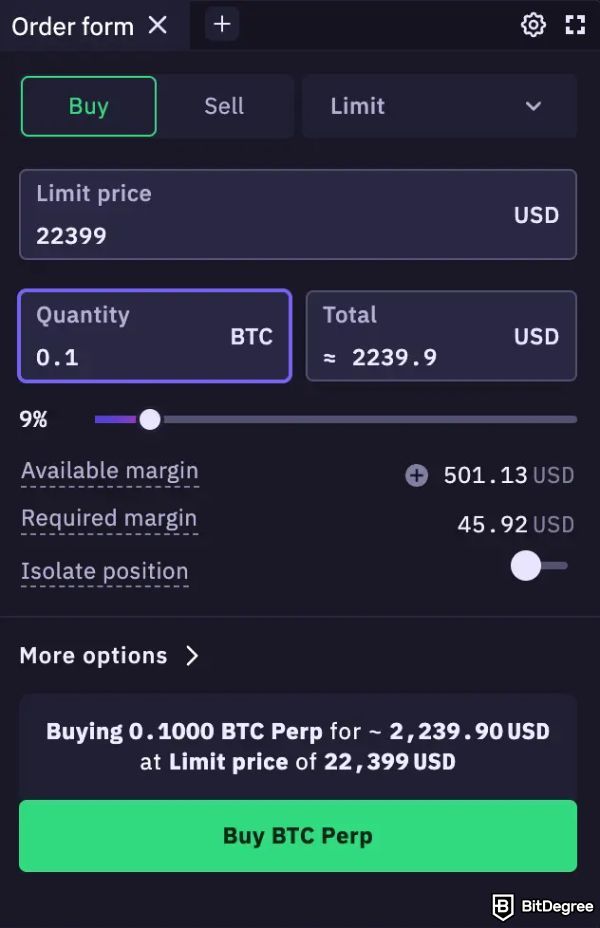
With the latter option, you can also isolate your order / position margin, allowing you to set the maximum leverage and the funds you're willing to risk.
Step 4: Once you've decided on the order type and whether to isolate your position, enter the required values in the provided fields. Double-check the details as there is no order confirmation screen.
When you're confident that everything is correct, hit the large [Buy] or [Sell] button (which you'll choose according to your investment plans for that order, of course) at the bottom of the form to submit your order.
Keep an eye on the notification in the bottom right-hand corner of the tab. It will inform you whether your order was successfully placed or not.

Step 5: If you've selected a market order, your trade will execute instantly, and your position will be opened. You can review successfully executed market orders in the [Trades] tab.
Limit orders may not be filled immediately. You can monitor their status in the [Open orders] tab. If your order hasn't been executed yet, you have the option to cancel (by pressing the [x] button on the right) or edit it (by clicking the pencil icon next to it).

Now that you've learned how to place a futures trade on Kraken Pro, you're almost ready to start maximizing your crypto investments. Before diving headfirst, though, one last thing you should do is familiarize yourself with risk management strategies; futures trading is quite a risky form of trading, after all.
Risk Management Strategies
Managing risk is of the utmost importance, and Kraken Futures understands this. That is why the Kraken team has developed robust risk management strategies to protect your assets and ensure market integrity.
Equity Protection Process (EPP)
At Kraken Futures, you'll never have to worry about a negative balance in your account, unlike some other exchanges. This is all thanks to its Equity Protection Process (EPP), which automatically manages risk for all positions on the platform.
When you open a trade, you'll need to provide an initial margin, which will be measured against a maintenance margin level. If your equity falls below this maintenance margin threshold, the EPP kicks in to protect your investments. However, single-collateral and multi-collateral EPPs differ.
Single-Collateral EPP
The Single-Collateral EPP operates through three main steps: liquidation, assignment, and unwind.
Liquidation
This is the initial step, where Kraken submits an Immediate-or-Cancel order to the market. The goal is to ensure that if this order gets matched, your remaining portfolio value won't turn negative.
It's worth noting that if the liquidation order is filled at a better price than the bankruptcy price, you get to keep the remaining maintenance margin. This sets Kraken apart from other exchanges, where you might lose it all regardless of the liquidation price.
Assignment
In scenarios where a position cannot be liquidated, possibly due to insufficient demand in the market, and there remain unfilled contracts from a prior order, the assignment process is initiated. This process allocates the unfilled portion to a liquidity provider at the zero-equity price, enabling your counterparty to retain their position.
Unwind
When the assignment process can't find liquidity providers, the remaining contracts undergo an unwind. This ends the contracts between you and your counterparties and transfers the remaining portfolio value to them.

The unwind mechanism not only encourages sufficient collateralization of margin accounts but also compensates parties whose positions are unwound due to their counterparty's insufficient margin.
Multi-Collateral EPP
The Multi-Collateral EPP involves four steps: liquidation, assignment, covered liquidation, and unwind.
Liquidation
Similar to the Single-Collateral EPP, this step begins with submitting an Immediate-or-Cancel order to the market, with the aim of ensuring that the remaining portfolio value of the Multi-Collateral margin account stays positive. Liquidations in this step incur a fee, which is half of the minimum MM% for the contract.
Assignment
If a position can't be liquidated, the assignment process assigns the unfilled portion to a liquidity provider at a specific price range if there are sufficient funds in the futures liquidity pool. If no funds are available, the fill price defaults to the zero-equity price to allow your counterparty to maintain their position.
Covered Liquidation
If the assignment process can't find liquidity providers, a covered liquidation occurs, provided there are enough funds in the liquidity pool to cover additional losses.

In this case, another Immediate-or-Cancel order is submitted to the market at a specific deviation from the best bid / ask price.
Unwind
If, for any reason, covered liquidation is impossible, the remaining contracts undergo an unwind. This ends the contracts and transfers the remaining portfolio value to your counterparties, without affecting other margin wallets.

- Secure and reliable
- Accepts fiat currencies
- Lots of trading options
- Reputable exchange
- Accepts fiat currencies
- Offers various trading options

- Huge trading variety
- Regulation-compliant around the globe
- Fair trading fees
- Beginner-friendly
- A wide array of features
- Vast number of different crypto coins & tokens

- Beginner-friendly
- Secure
- Decent trading and withdrawal fees
- Crypto.com Visa Card
- Automated tools & bots
- Ecosystem synergy with CRO
General Risk Management Tips for Futures Trading
Lastly, to complement Kraken Futures' risk management processes, consider these practical tips for effectively managing risk when trading futures.
- First and foremost, it's essential to diversify your portfolio. Instead of investing all your funds in a single asset or contract, spread your investments across various options. Diversification can help mitigate risk by reducing your exposure to the fluctuations of a single asset.
- Implementing stop-loss orders is another crucial step. As explained before, these orders are designed to limit potential losses by automatically triggering a sale when an asset's price reaches a predetermined level. By setting these orders in advance, you can protect yourself from unexpected market downturns.
- While leverage can amplify profits, it's essential to use it wisely. Leverage also increases potential losses,[3] so exercise caution and be fully aware of the associated risks.
- Staying informed is another crucial thing. Keep yourself updated on market news and trends. External factors can significantly impact prices, so being informed can help you make better trading decisions.
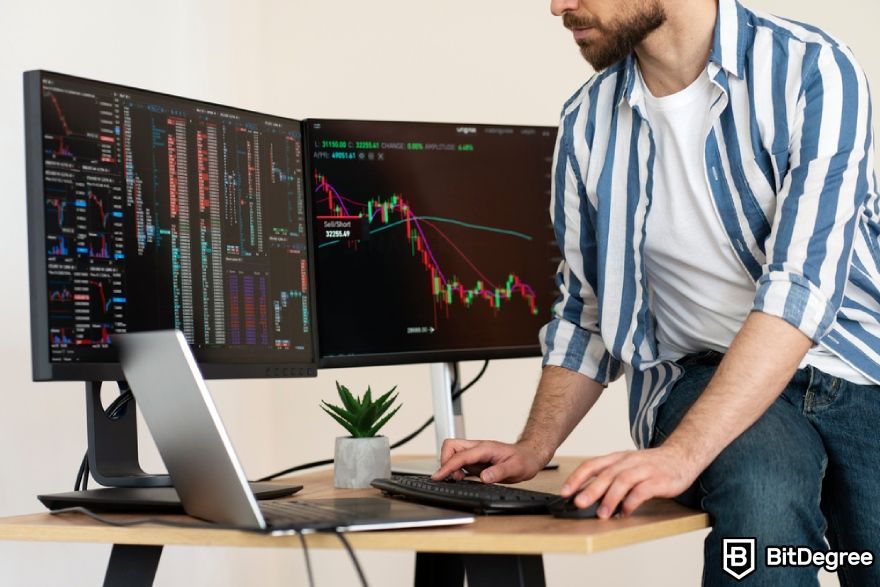
- Furthermore, practice sound risk management by defining your risk tolerance and sticking to it. Avoid risking more than you can afford to lose. This approach will help you maintain financial stability even in the face of adverse market conditions.
- Emotions can be your worst enemy in trading. Emotional trading often leads to impulsive decisions. Develop a well-thought-out trading plan and stick to it, even when the market becomes highly volatile.
- Regularly monitor your open positions and adjust your strategy as needed. Markets can change rapidly, so staying vigilant and flexible is crucial to adapting to evolving conditions.
- If you're new to futures trading, it's advisable to start small. Begin with a modest investment to gain experience and confidence before scaling up your trades. This cautious approach can prevent substantial losses while you learn the ropes.
By combining these general risk management tips with Kraken Futures' robust strategies, you can enhance your potential for profit while minimizing the inherent risks associated with futures trading.
Conclusions
Kraken Futures undeniably stands out as a valuable tool in the cryptocurrency trading landscape. Its dedication to offering an accessible platform for traders of all skill levels is admirable.
Whether you're a novice entering the crypto market or an experienced user aiming to enhance your proficiency, I hope that after reading this guide, you know how to trade futures on Kraken and feel empowered to capitalize on new trading opportunities.
However, always make sure to exercise caution when trading cryptocurrencies, especially when dealing with futures contracts.
Keep the funds somewhere you control, one such example is Ogvio. The platform uses a non-custodial design with on-chain secure vaults, so only you have access!
Not investment advice. Crypto trading involves risk of loss and is offered to US customers through Payward Interactive, Inc. View legal disclosures at kraken.com/legal/disclosures.
The content published on this website is not aimed to give any kind of financial, investment, trading, or any other form of advice. BitDegree.org does not endorse or suggest you to buy, sell or hold any kind of cryptocurrency. Before making financial investment decisions, do consult your financial advisor.
Scientific References
1. S. He, A. Manela, O. Ross, V. Wachter: 'Fundamentals of Perpetual Futures';
2. M. Yu: 'Forecasting Bitcoin volatility: The Role of Leverage Effect and Uncertainty';
3. H. Till: 'Risk Management Lessons in Leveraged Commodity Futures Trading'.
